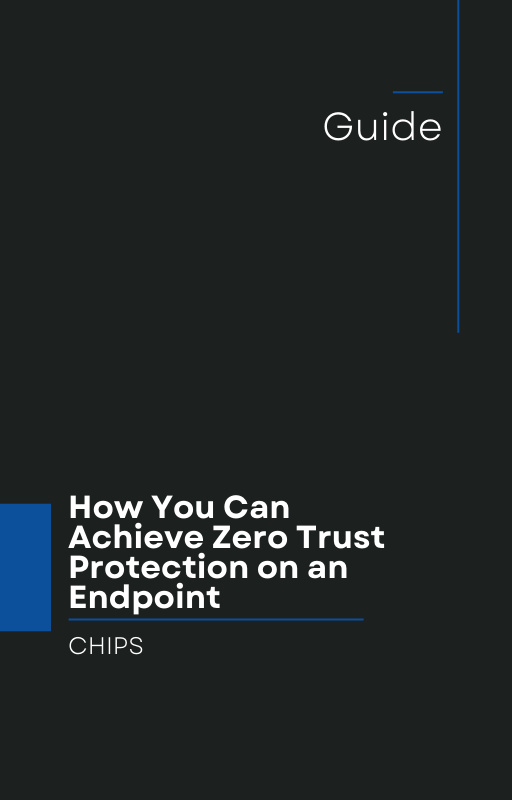A new campaign involving the notorious Lampion banking malware is targeting unsuspecting users using a clever new lure—fake ClickFix installers. Reported by GBHackers, this malware continues to evolve in its techniques, now blending social engineering with technical deception to steal sensitive banking credentials.
Originally detected in 2019 and linked to threat actors operating from Portuguese-speaking countries, Lampion is now being delivered through ZIP attachments in phishing emails masquerading as legitimate ClickFix software. Once executed, the malware loads heavily obfuscated Visual Basic code, which then connects to a remote command and control (C2) server to download and execute additional malicious payloads.
The final payload? A stealthy banking trojan that overlays fake login screens atop legitimate banking sites, tricking users into entering their credentials. Those credentials are then exfiltrated in real-time to the attackers.
This Is Not Just a Consumer Threat—Your Business Is at Risk
While the story may seem like it targets only individual users, business environments are increasingly the stage for such malware campaigns. With remote work, BYOD policies, and employees accessing work emails and systems from personal devices, it's easier than ever for an attack like this to land inside your network.
Worse still, traditional cybersecurity tools often fail to prevent this kind of threat. Antivirus software may not detect the obfuscated VB script, and even EDR platforms can be slow to identify and respond to new variants. Most cybersecurity strategies rely heavily on the outdated "detect and respond" approach, which assumes the breach will happen—and then reacts.
But with malware like Lampion, the damage is often done before a response can even begin.
Why Detection Is No Longer Enough
Let’s be clear: Detect and respond is reactive. By the time something is detected, credentials may already be stolen, accounts accessed, or ransomware deployed.
That’s why more businesses are turning to a proactive model built around "Isolation and Containment."
AppGuard is a proven endpoint protection platform with over a decade of success in preventing breaches before they start. Rather than waiting for malware to act, AppGuard preemptively blocks unauthorized processes from executing, even if they're never-before-seen or fileless (as Lampion often is).
Here's how AppGuard could stop a Lampion-style attack:
-
Prevents execution of unauthorized scripts, including obfuscated VB or PowerShell.
-
Isolates user processes, stopping malware from piggybacking on legitimate software.
-
Does not rely on signature detection, so even zero-day or polymorphic malware is contained.
-
Prevents malware from downloading additional payloads or communicating with C2 servers.
This means even if an employee opens a malicious ZIP file, the malware can’t spread, can’t connect, and can’t steal data.
This Isn’t Hype—It’s a Necessary Shift
Threat actors like those behind Lampion are continuously refining their approach. Their goal is to bypass traditional defenses, and they’re succeeding far too often.
Business leaders must recognize that cybersecurity must evolve. The tools and strategies that may have worked a few years ago are no match for today’s sophisticated, automated threats.
AppGuard offers a better way forward.
🔒 Let’s Talk: Are You Ready to Block the Next Lampion?
If your cybersecurity strategy is still built on detect and respond, it’s time for a change. At CHIPS, we help businesses move to a more proactive defense model built around AppGuard’s Isolation and Containment technology.
AppGuard doesn’t just detect threats—it prevents them.
✅ Proven.
✅ Lightweight.
✅ Trusted for over a decade.
📞 Let’s talk about how AppGuard can protect your business—before the next Lampion attack hits your inbox.
Contact CHIPS today to learn more about how AppGuard can keep your business secure in a world where malware never stops evolving.
Like this article? Please share it with others!

June 22, 2025

Comments